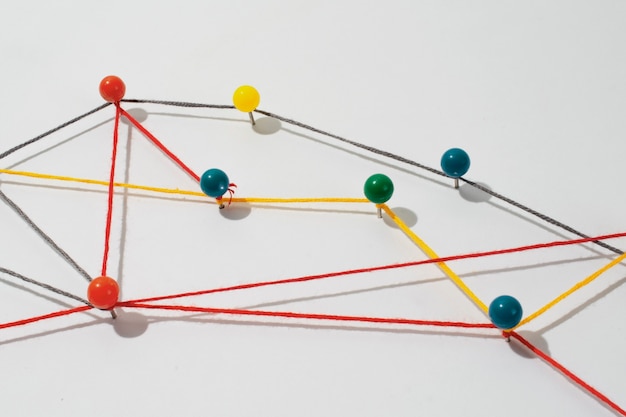
In the previous article, I covered the Agile Product Life Cycle, its phases, and outcomes that enable an organization to operate efficiently. In this continuation, we’ll delve into the tools and practices relevant to each phase that drive the end-to-end Agile Product Life Cycle. I’ve compiled widely used practices across four phases – Discover, Develop, Deployment, and Maintenance.
These tools and practices can be adopted based on what suits the team and organization best. Choosing the right process, practice, or tool is a long-term investment, so understanding the pros and cons, along with related tactics, is crucial. I’ve listed some practices below each phase to guide the Agile Product Life Cycle.
Many companies and startups excel at adopting agile methodologies during the development phase. Thus, I will focus more on the Discovery and Framing (D&F) phase, the backlog outcomes, and the maintenance stage that requires significant guidance.
Discovery (D)
D&F is a critical part of the framework, serving as the entry point of the product life cycle to address shifting market dynamics. While user interviews are a common practice to grasp customer requirements and pain points, there are other effective methods. One such method is the customer journey map, used by design and UX teams to understand the customer experience at various touchpoints. This map should be revisited regularly. Another effective approach is Teresa Torres’ Opportunity Problem Tree, which identifies customer pains and gains as potential opportunities for product improvement. The Opportunity-Solution Tree effectively covers both discovery and framing processes, with solutions tagged with experiments for further validation.
Pro Tactics: Ensure data underpins any Discovery practice. For instance, use data to back the pain points in the customer journey and the opportunity-problem insights in the Opportunity-Solution Tree. For B2B products, collecting feedback from end-users can be tricky, so it’s better to analyze the customer journey map and user story mapping rather than relying solely on sales and marketing inputs.
Framing (F)
The practices and techniques used during framing depend on the product’s maturity. Various techniques can be chosen based on the product’s stage. The aim is to discover and validate solutions before development. It’s important to test assumptions and solutions to avoid spending resources on unvalidated ideas. Experimental techniques can help validate the framing outcomes.
Pro Tactics: Conduct quarterly Design Sprints or Thinking workshops with stakeholders and product teams, especially for mature product companies. These workshops can also be effective for startups, though the format may need to be more flexible. Not all solutions need validation; focus on de-risking significant solutions rather than minor features or UI changes which don’t carry high risk.
Product Backlog
Responding to changes quickly is vital in the Agile Product Life Cycle, making the product backlog crucial. Techniques like the 2×2 matrix help prioritize backlogs efficiently. Before moving product backlogs into sprint backlogs, a product manager should prioritize based on business value and effort.
Pro Tactics: Of all the practices, the 2×2 matrix (value vs effort) works well for backlog prioritization. Techniques like the Kano framework and the MOSCOW method are useful but may miss some aspects. The 100$ test is quick for prioritization but also misses the value vs effort aspect. The 2×2 matrix is agile, easy, and successful.
Maintenance
This phase deals with the product’s maturity, growth, and decline. Data insights are crucial here, driving the cycle and feeding back into the D&F process. This makes the entire Agile Product Life Cycle a continuous loop of discovery, development, deployment, and maintenance, driven by data and the discussed practices.
By understanding and implementing these practices effectively, teams can ensure a smooth and efficient Agile Product Life Cycle, leading to better product outcomes and adaptability in a changing market.